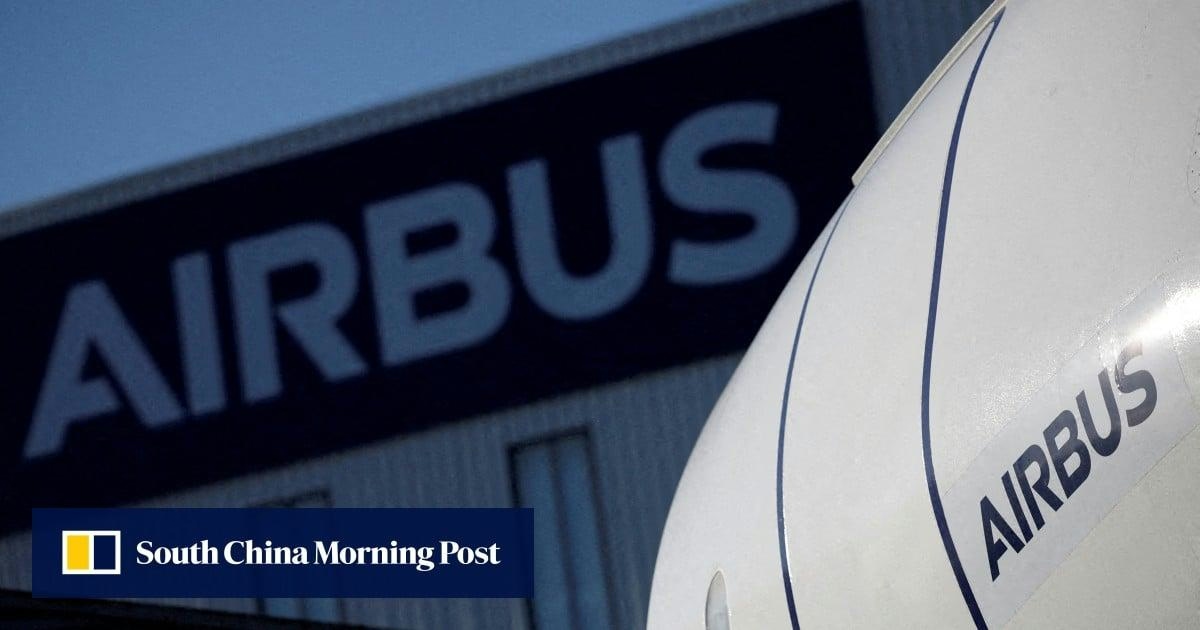
Smarter email, faster business.
Trending
Newark Air Traffic Control Improvement Plan Takes Shape
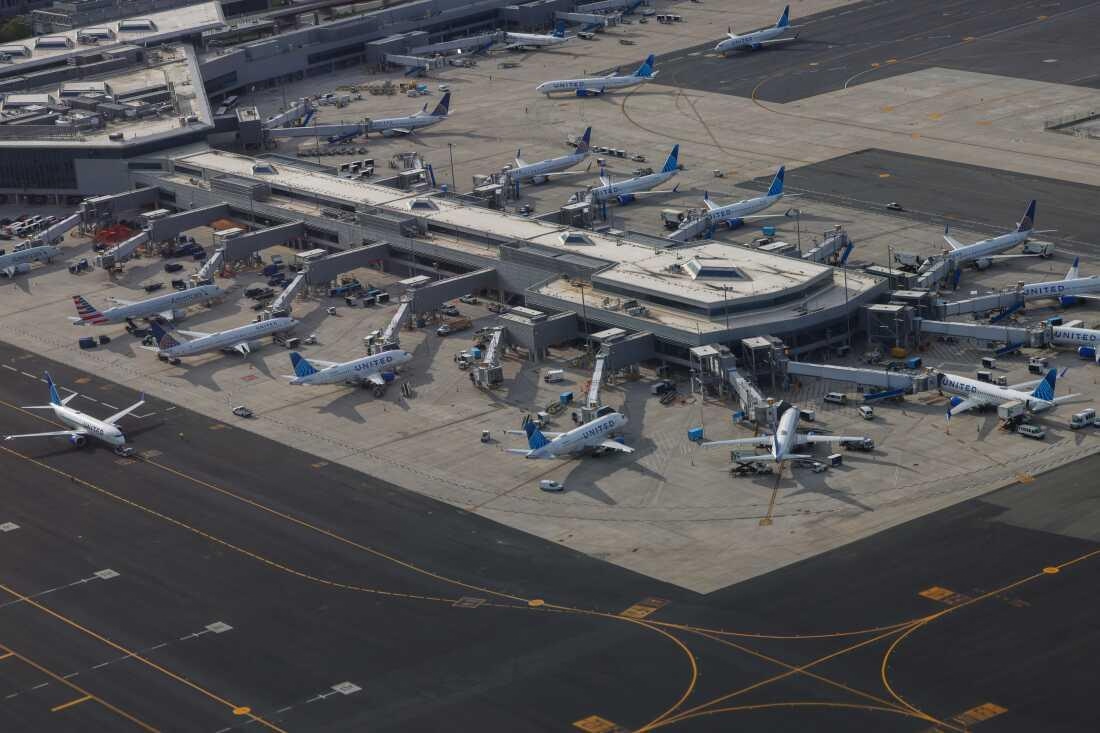
Newark Air Traffic Control Improvement Plan Takes Shape
Addressing Longstanding Challenges
Efforts to modernize the air traffic control system at Newark Liberty International Airport are gaining momentum as officials confront persistent issues of understaffing and outdated technology. The newly developed improvement plan seeks to enhance operational efficiency and mitigate the frequent delays and cancellations that have long frustrated both travelers and airlines. As one of the nation’s busiest airports, Newark has faced increasing criticism for its operational disruptions, which industry experts attribute primarily to insufficient staffing levels and aging control infrastructure.
The Federal Aviation Administration (FAA) has acknowledged these challenges and is collaborating closely with airport authorities to implement necessary upgrades. Central to the plan is the recruitment and training of additional air traffic controllers, alongside significant investments in advanced digital systems. These technological enhancements aim to streamline communications and improve real-time decision-making, thereby alleviating current bottlenecks and preparing the airport to accommodate future growth in air traffic volume.
Market Impact and Regional Implications
The operational difficulties at Newark have had notable repercussions across the aviation market. Airlines have reported rising operational costs linked to delays, while passengers have experienced increased uncertainty and disruptions to their travel plans. In response, some carriers have adjusted schedules or rerouted flights to circumvent congestion at Newark, underscoring the urgency of the proposed reforms.
Regional competitors are closely observing Newark’s progress, with several airports accelerating their own air traffic control modernization efforts. These initiatives are part of a broader strategy to attract airlines and passengers by offering more reliable and efficient services. The developments at Newark thus have implications beyond the airport itself, potentially influencing air traffic management practices across the region.
As the improvement plan advances, stakeholders remain cautiously optimistic. Its success will depend on sustained investment, effective implementation, and continued collaboration among federal agencies, airport management, and industry partners. If realized, Newark’s initiative could serve as a benchmark for other major airports facing similar operational challenges.
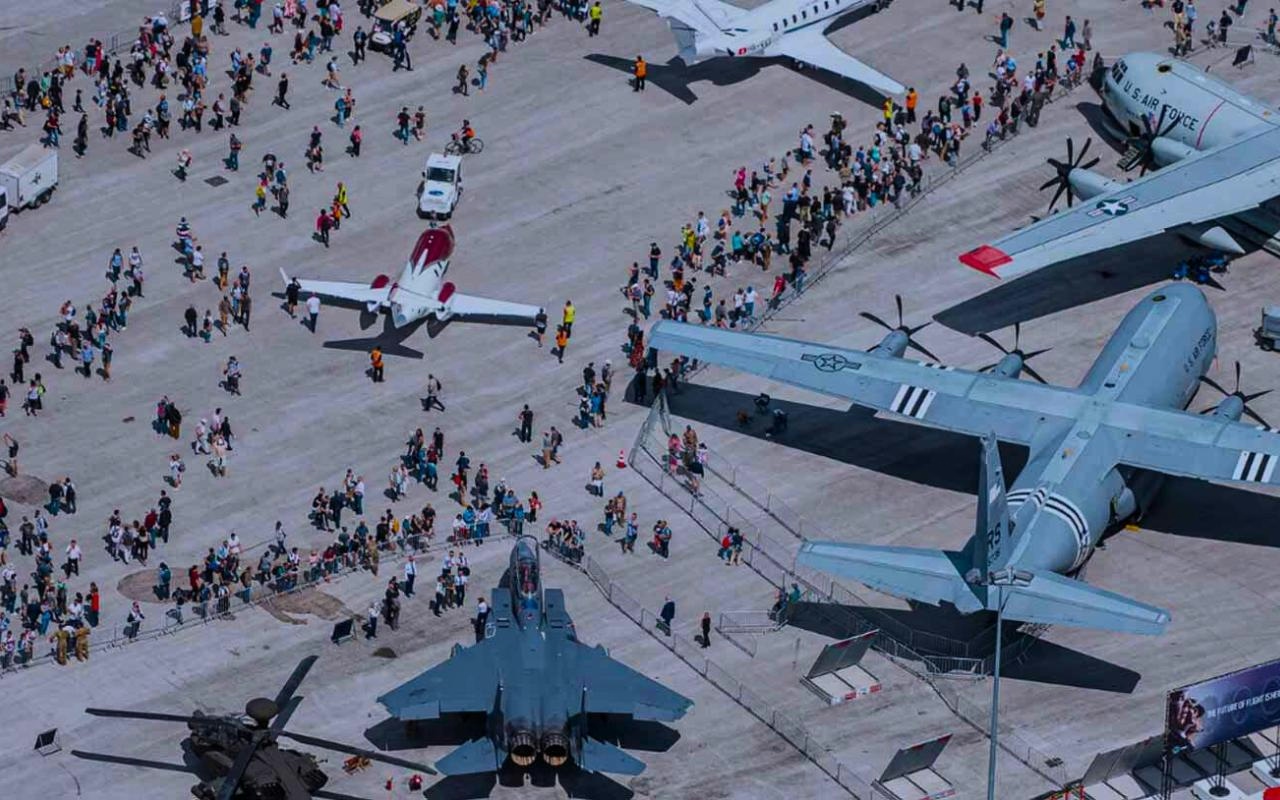
Dubai Airshow 2025 Reveals Main Agenda and Activities
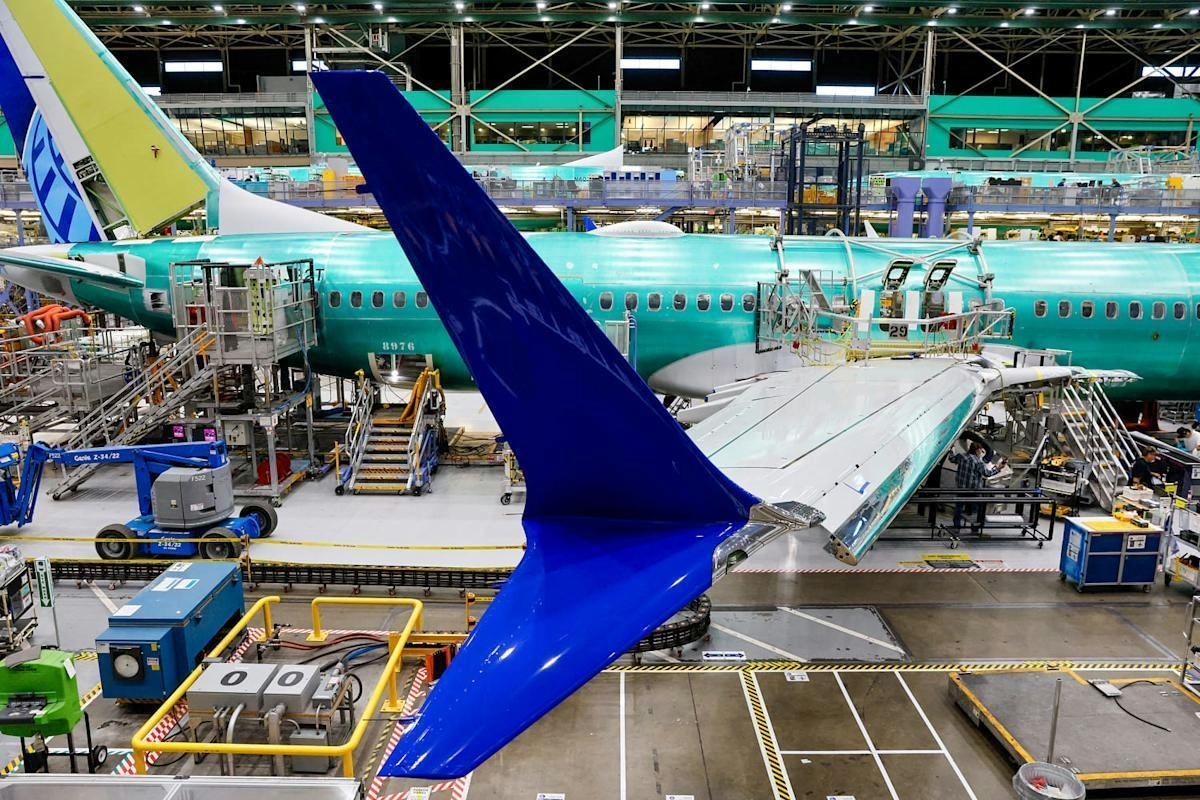
Willis Lease Finance: A Strategic Play in Aviation Leasing Amid Near-Term Volatility
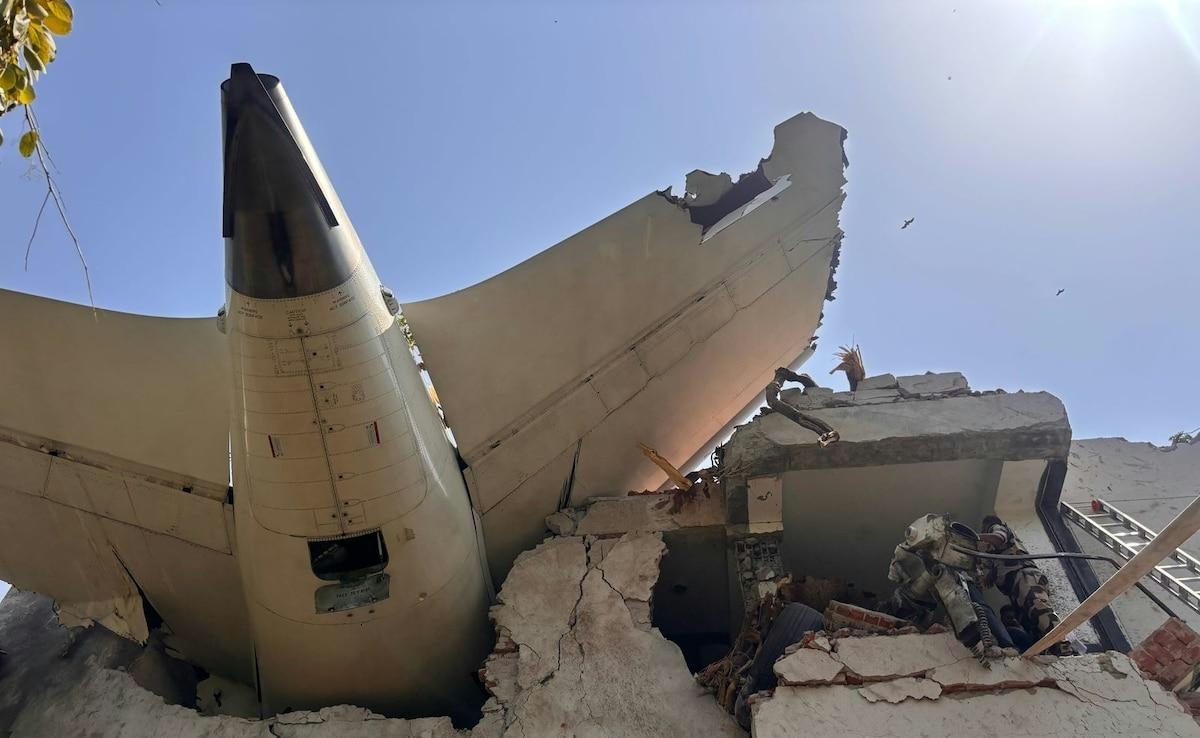
AI-Generated Content Spreads Misinformation After Air India Crash
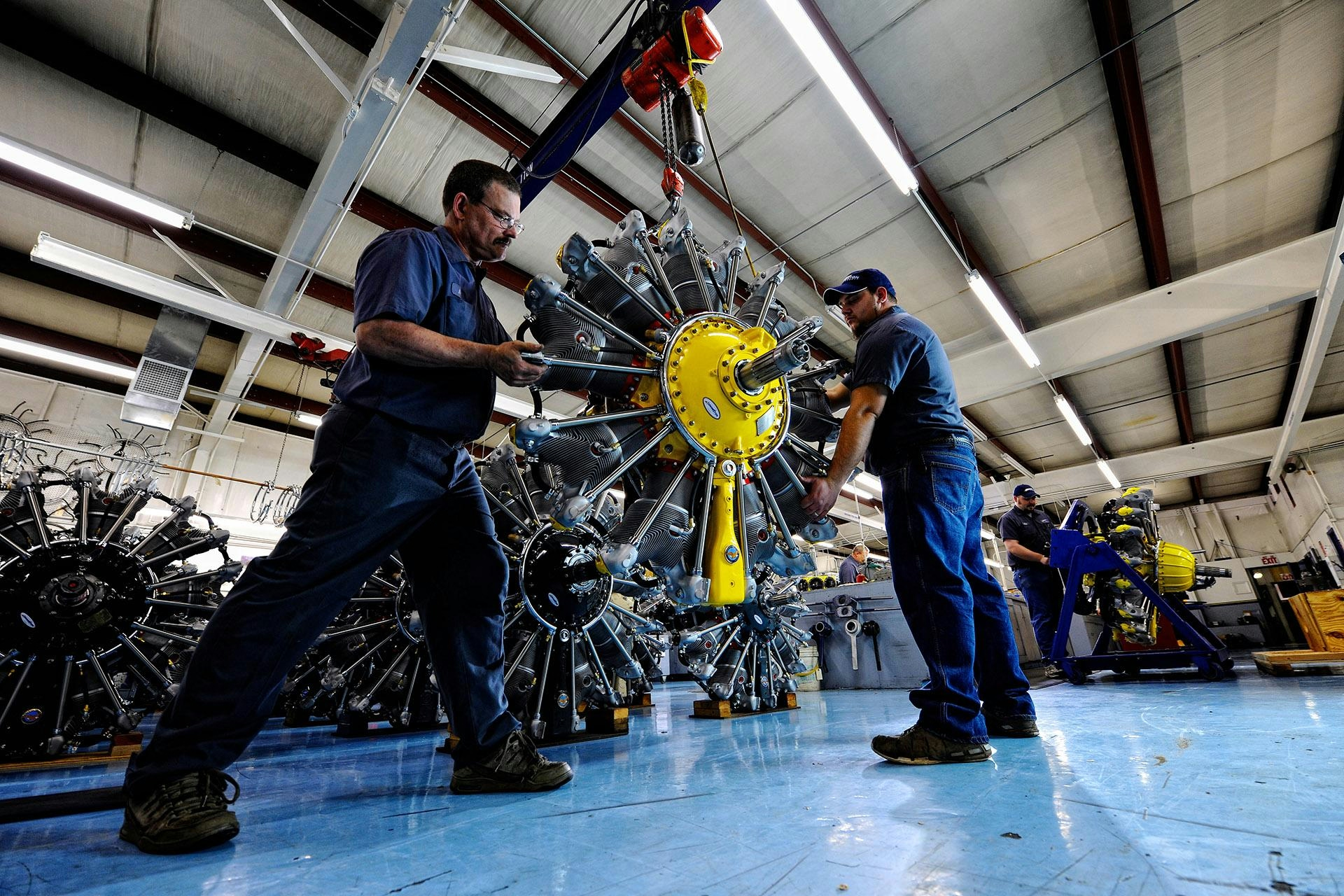
Covington Aircraft Engines to End Radial Engine Production in 2025

Yingling Aviation Named Authorized Honeywell Dealer
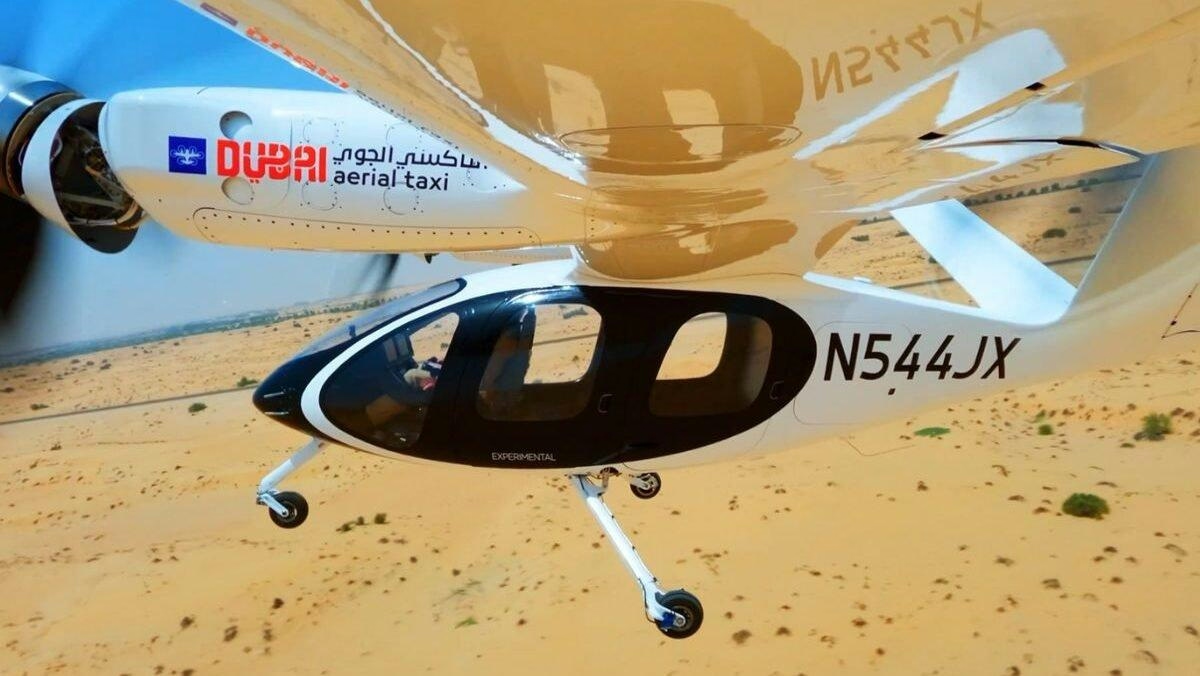
Does Joby Aviation's Milestone in Dubai Point Toward Further Growth?
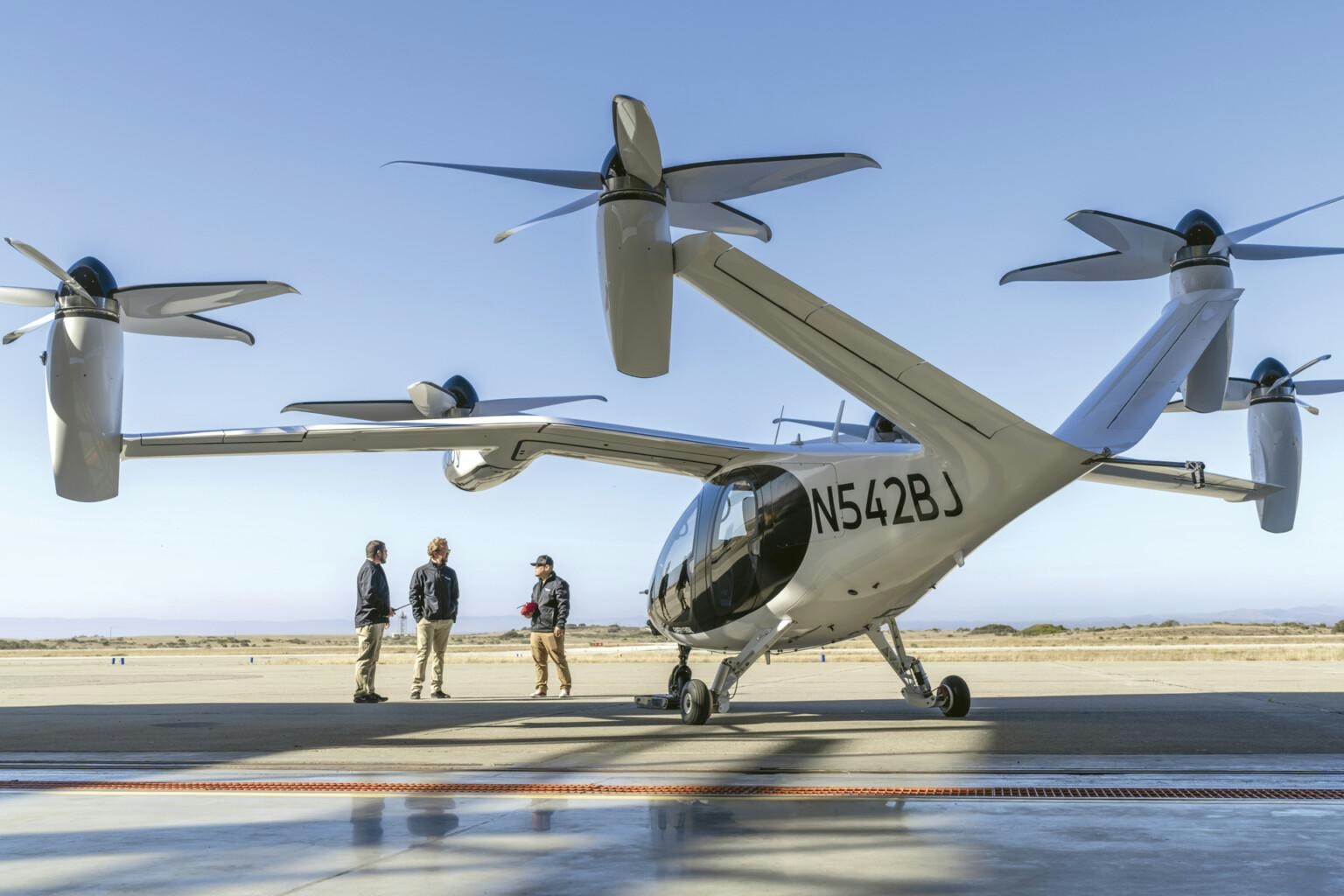
New Invention Promises to Eliminate Airplane Emissions in Country
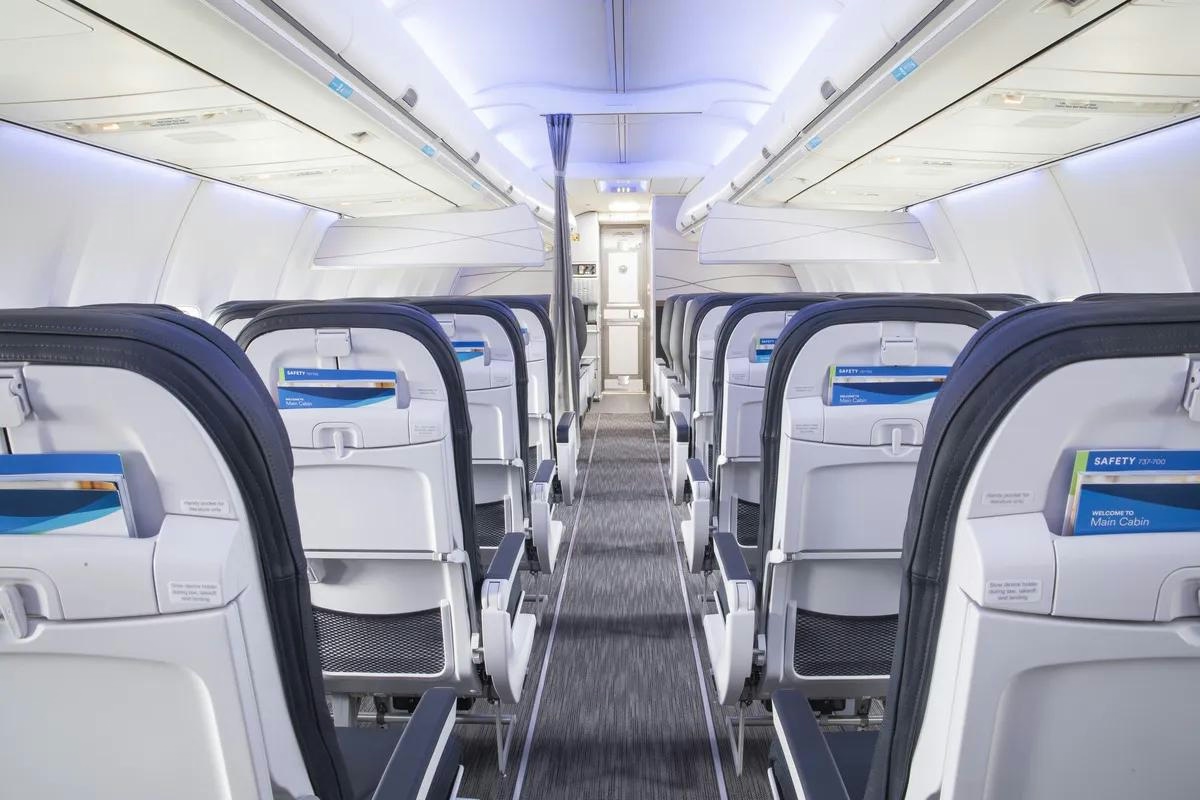
Key Questions on Chinese Travel, AI, and Airlines Answered by Skift
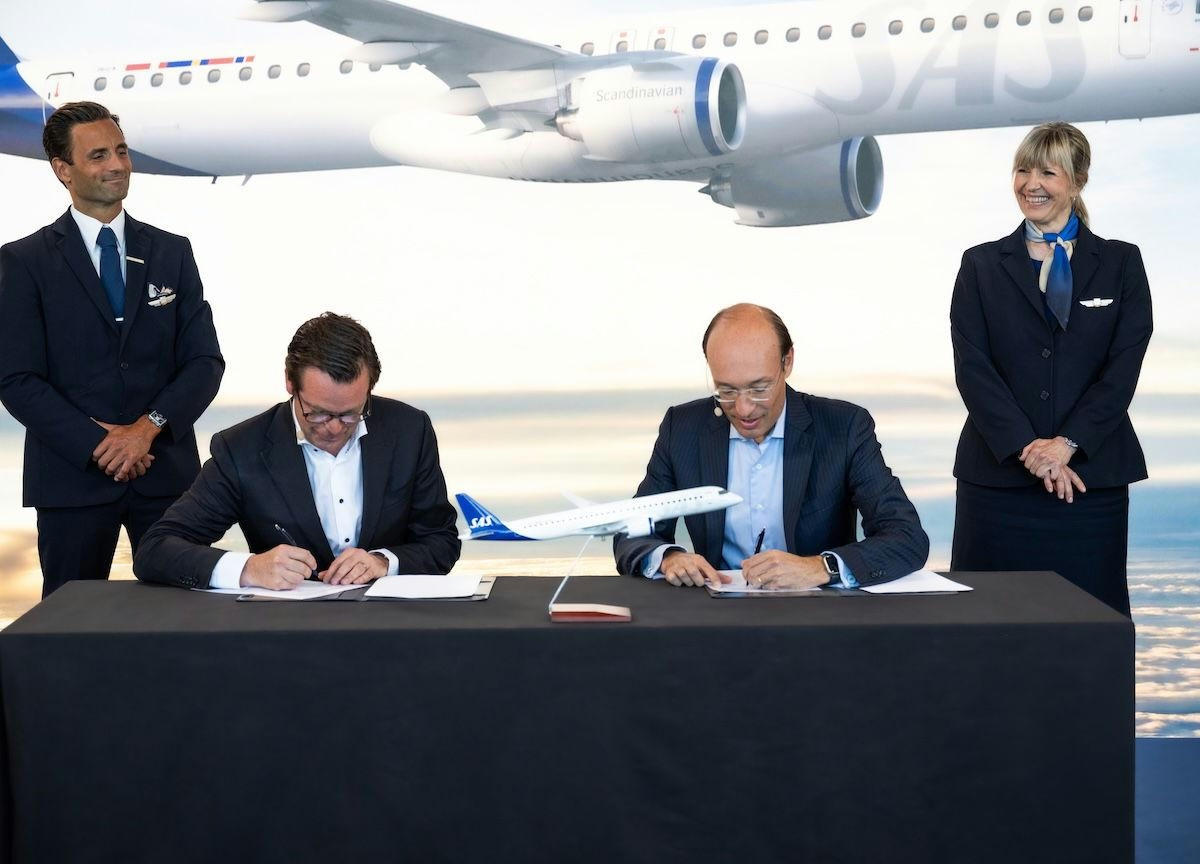
SAS Orders Up to 55 Embraer E195-E2 Jets
